Wheatgrass, often referred to as “liquid gold”, is the young sprouted leaves of the common wheat plant (Triticum aestivum). Wheatgrass has become popular among health-conscious people because it’s packed with nutrition and is considered a superfood. It’s the young grass of wheat plants harvested when it’s still in its early stage. It is tender and delicate, with thin, slender blades. Its texture is smooth and succulent. Wheatgrass has a distinctive, grassy taste, which some people describe as mildly sweet or slightly bitter.
Wheatgrass is often grown indoors and harvested when it reaches its nutritional peak, typically around 7-10 days after sprouting. Chlorophyll the green pigment in wheatgrass is referred to as “green blood” because it has a structure similar to human hemoglobin.
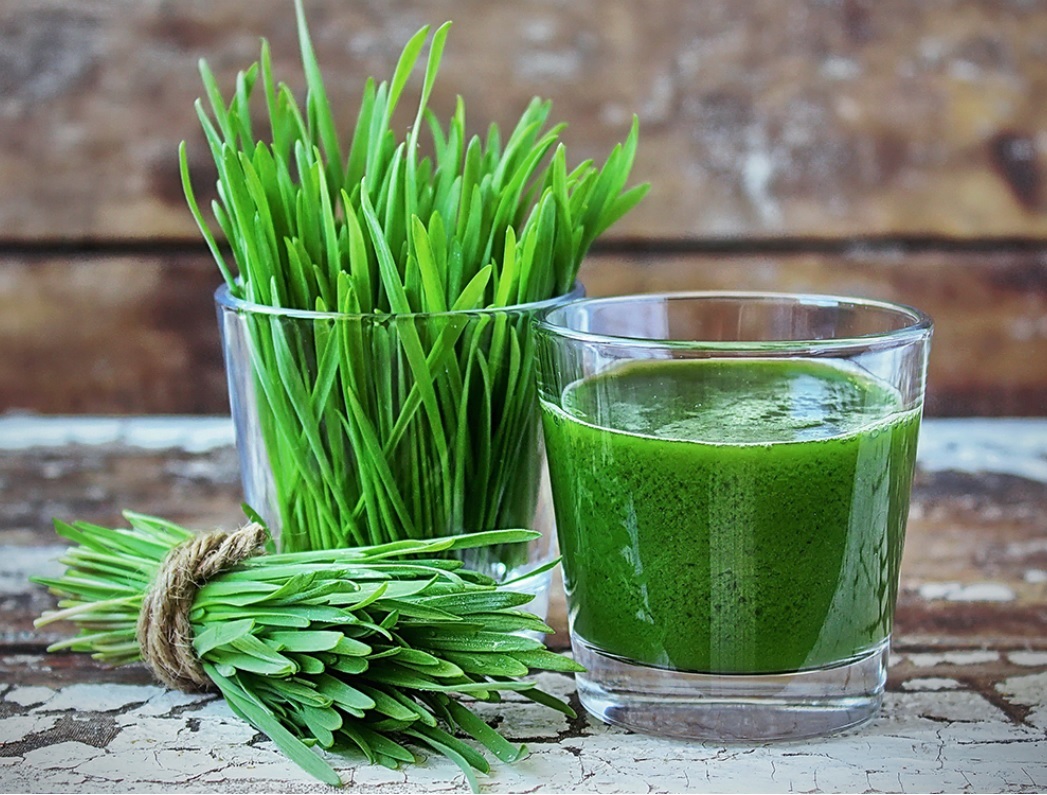
Wheatgrass has been investigated for its effect on several health conditions including heart disease and type 2 diabetes. The potential benefits of blood sugar control and reduction of inflammation in gastrointestinal disease were highlighted by the encouraging results from pilot studies.
The ancient Egyptians and Mesopotamians revered wheatgrass for its health benefits and vitality-enhancing properties. According to ancient records, wheatgrass is believed to have medicinal use in a variety of cultures such as old China and India. It was believed to promote wellness and rejuvenation. In the early 20th century, agricultural chemist Charles Schnabel gained recognition for his research on wheatgrass. He discovered that in addition to its rich content of vitamins, minerals and chlorophylls, it is an exceptional nutritional profile. A study published in the Journal of Food Science in 1982 highlighted the high nutritional value of wheatgrass reporting that it contains a wide range of essential vitamins, minerals and amino acids.
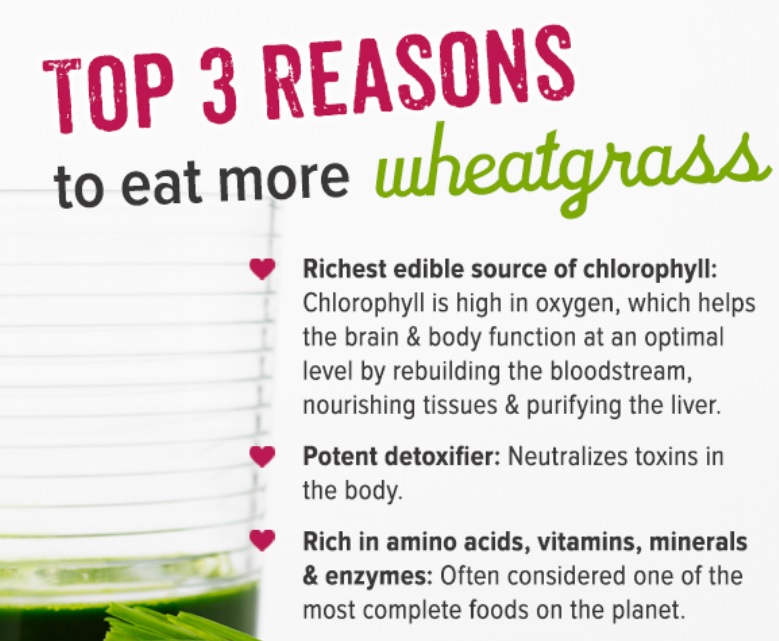
Effects of Wheatgrass on Health and Well-being
- Nutrient-rich Superfood: Wheatgrass is celebrated for its exceptional nutrient profile including vitamins, minerals, enzymes and antioxidants. Although it is widely considered to have a high intake of nutrients based on factors like health status, gut health or overall diet, the extent to which these nutrients are taken up and used by the body can differ.
- Boosting Immunity: Some advocates suggest that wheatgrass can bolster the immune system due to its antioxidants and vitamins. It is rich in vitamins including vitamin A, vitamin C, vitamin E and vitamin K. These vitamins are an important part of different body functions including immunity support, skin health, and blood clotting and antioxidant defense.
- Detoxification and cleansing: Wheatgrass is believed to aid in detoxification by supporting liver function and neutralizing toxins.
- Antioxidant and Anti-inflammatory properties: It is a good source of various antioxidants including flavonoids, phenolic compounds and selenium. Antioxidants protect our cells by combating harmful substances known as free radicals which in turn reduce the risk of chronic health problems.
- Improved Digestion: Wheatgrass contains fiber and enzymes that may support digestive health and alleviate constipation. While some individuals may experience improved digestion with wheatgrass consumption, individual responses can vary.
- Alkalizing Effects: Proponents claim that wheatgrass can help balance the body’s pH levels and promote alkalinity.
- Enhanced Energy and Vitality: Some individuals report increased energy and vitality after consuming wheatgrass regularly. However, these outcomes can fluctuate from person to person and may be influenced by a variety of elements including a person’s general dietary habits and way of life.
- Potential Anticancer Properties: Some research has shown the potential to treat cancer using wheatgrass in laboratory studies. The therapeutic use of wheatgrass in the treatment of oral squamous cell carcinoma, a subtype of oral cancer is very promising. In the field of integrative oncology, the use of wheatgrass as a complementary treatment during chemotherapy is also of interest.
- Skin Health Benefits: Some people claim that wheatgrass can improve skin health and alleviate skin conditions when applied topically or consumed internally.
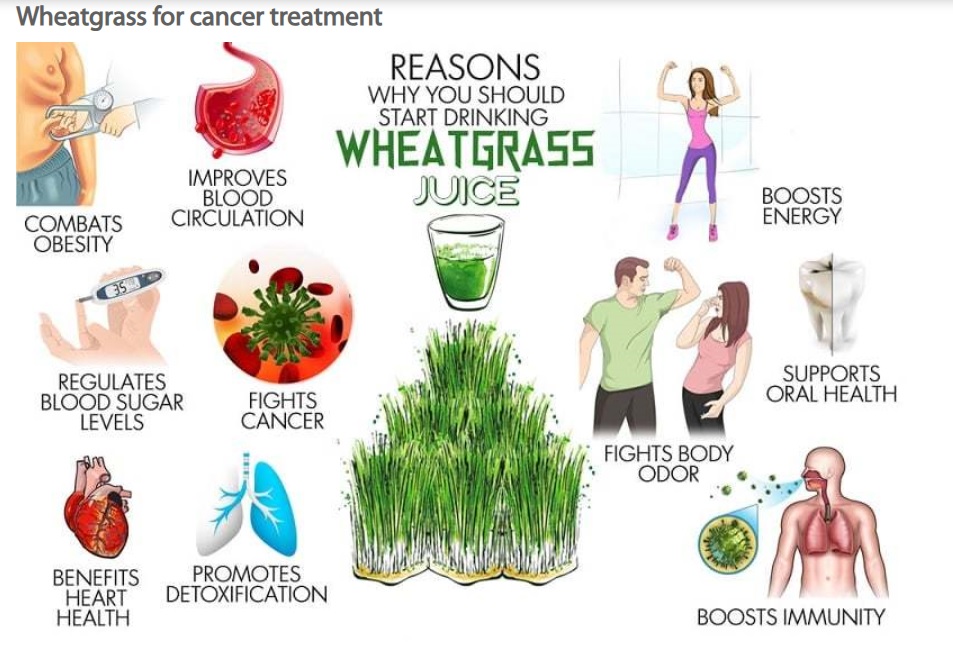
Wheatgrass in Alternative Therapy: A Global Perspective
Wheatgrass has found its way into alternative therapy practices across different countries. Health lovers and practitioners from all over the world have been fascinated by its potential health benefits. Here’s an overview of how wheatgrass is utilized as an alternative therapy in various countries:
- India: In India, wheatgrass has a deep-rooted history in Ayurvedic medicine, where it is considered a rejuvenating herb (rasayana). Ayurvedic practitioners value wheatgrass for its potential to balance the doshas (Vata, Pitta, and Kapha), support detoxification, improve digestion, and enhance overall vitality. In Ayurvedic cleanses, fresh wheatgrass juice is commonly suggested and believed to have positive effects on various health conditions.
- United States: Wheatgrass gained prominence in the United States during the mid-20th century, thanks to the efforts of holistic health practitioner ANN Wigmore. She popularized wheatgrass as a vital component of her “Living foods” lifestyle, touting its potential benefits for detoxification, immune support and general well-being. Today, wheatgrass is widely available across the country as a supplement in juice bars and health food stores.
- Germany: In Germany, wheatgrass is embraced as a natural remedy and is commonly used in naturopathic and alternative medicine practices. Its juice is believed to aid detoxification, support liver function, and bolster the immune system.
- Japan: In Japan, wheatgrass is known as “ao-mugi” and has a traditional presence in alternative medicine. It is regarded as a detoxifying agent and is typically consumed as fresh juice or added to smoothies. In addition, wheatgrass has been used in Japanese skin care products which have been attributed to the promotion of healthy skin.
- Australia: In Australia’s health-conscious culture, wheatgrass has been embraced for its potential benefits. Many health retreats and wellness centers in Australia integrate wheatgrass into their programs to support detoxification and overall health.
- Middle Eastern Countries: Certain Middle Eastern countries have a tradition of using wheatgrass for its potential health benefits. It is used as fresh juice, which is considered to be a natural remedy for boosting vitality and energy.
- China: While not as widely used as in some other countries, wheatgrass is recognized in China for its potential health advantages. Traditional Chinese Medicine (TCM) considers wheatgrass to have cooling properties supporting detoxification and liver health.
Popular Detox Programs Involving Wheatgrass
- Wheatgrass Juice Cleanse: This drink is one of the most common ways people incorporate wheatgrass into their detox routines. During a wheatgrass juice cleanse, participants consume fresh wheatgrass juice for a certain period, usually ranging from one to seven days. The juice is believed to help eliminate toxins from the body, improve digestion, and boost energy levels.
- Wheatgrass Smoothie Detox: Some detox programs involve blending fresh or frozen wheatgrass with other fruits and vegetables to create a nutrient-packed smoothie. This smoothie can serve as a meal replacement during the detox period and is believed to support cleansing and rejuvenation.
- Wheatgrass Shots: In this approach, participants take wheatgrass shots, which are concentrated servings of wheatgrass juice. Taking a shot of wheatgrass daily is believed to provide a quick and potent boost of nutrients and antioxidants, supporting the body’s detoxification process.
- Wheatgrass Detox Baths: Some detox programs involve adding wheatgrass powder or juice to a warm bath. The idea is that the nutrients in wheatgrass can be absorbed through the skin, promoting detoxification and relaxation.
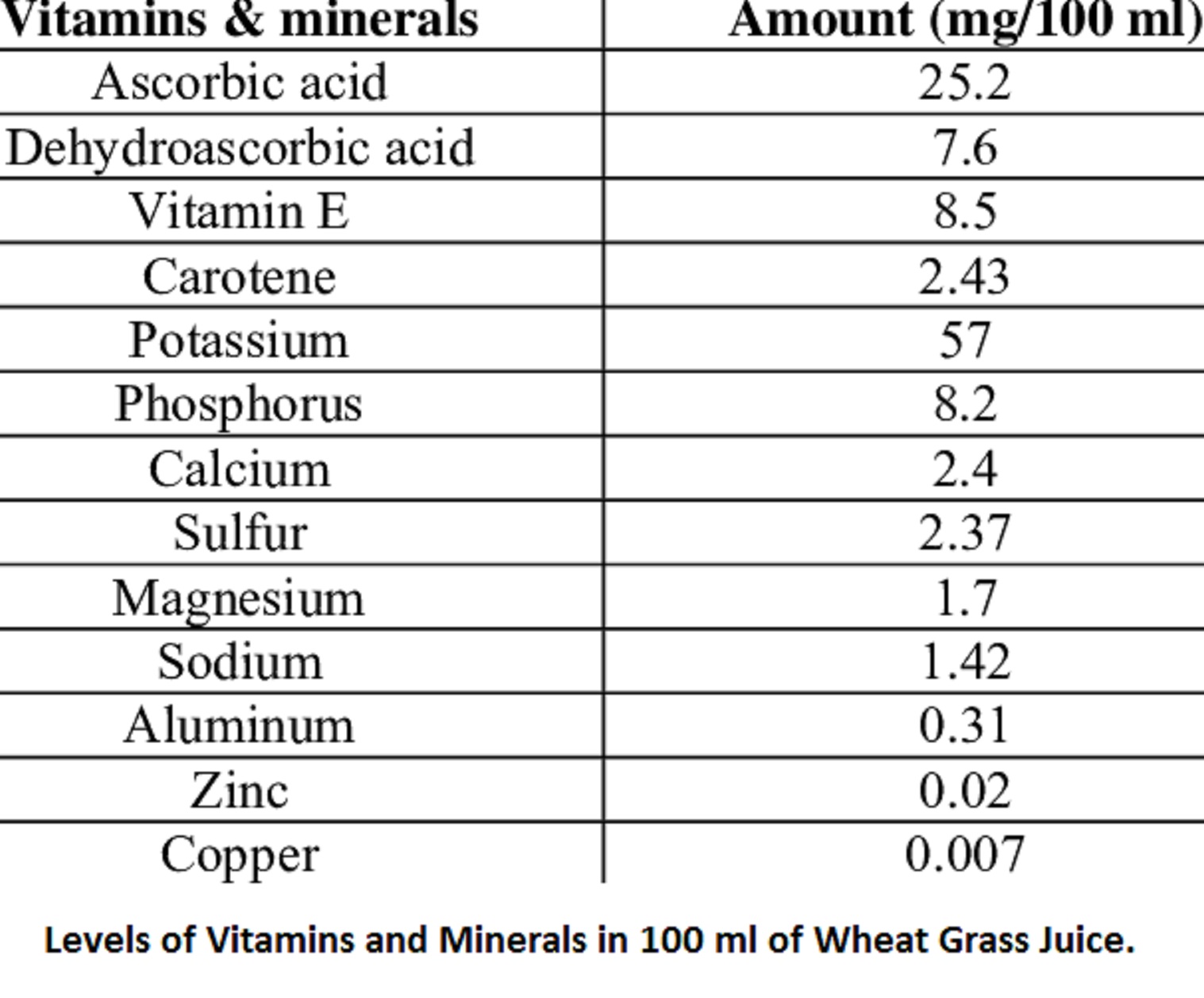
An Overview of Wheatgrass-based Products Available in the Market
- Wheatgrass Powder: Wheatgrass powder is made by dehydrating and grinding fresh wheatgrass. Wheatgrass powder is created by dehydrating and grinding fresh wheatgrass resulting in a concentrated form. It can be easily stored and added to water, smoothies, juices or other drinks. Wheatgrass powder is a convenient choice for people without access to fresh wheatgrass or those who prefer a longer shelf life.
- Wheatgrass Capsules and Tablets: For individuals who dislike the taste of wheatgrass or find it challenging to consume in its natural form, wheatgrass is available in capsule or tablet form. These supplements provide a convenient and tasteless way to incorporate wheatgrass into daily routines.
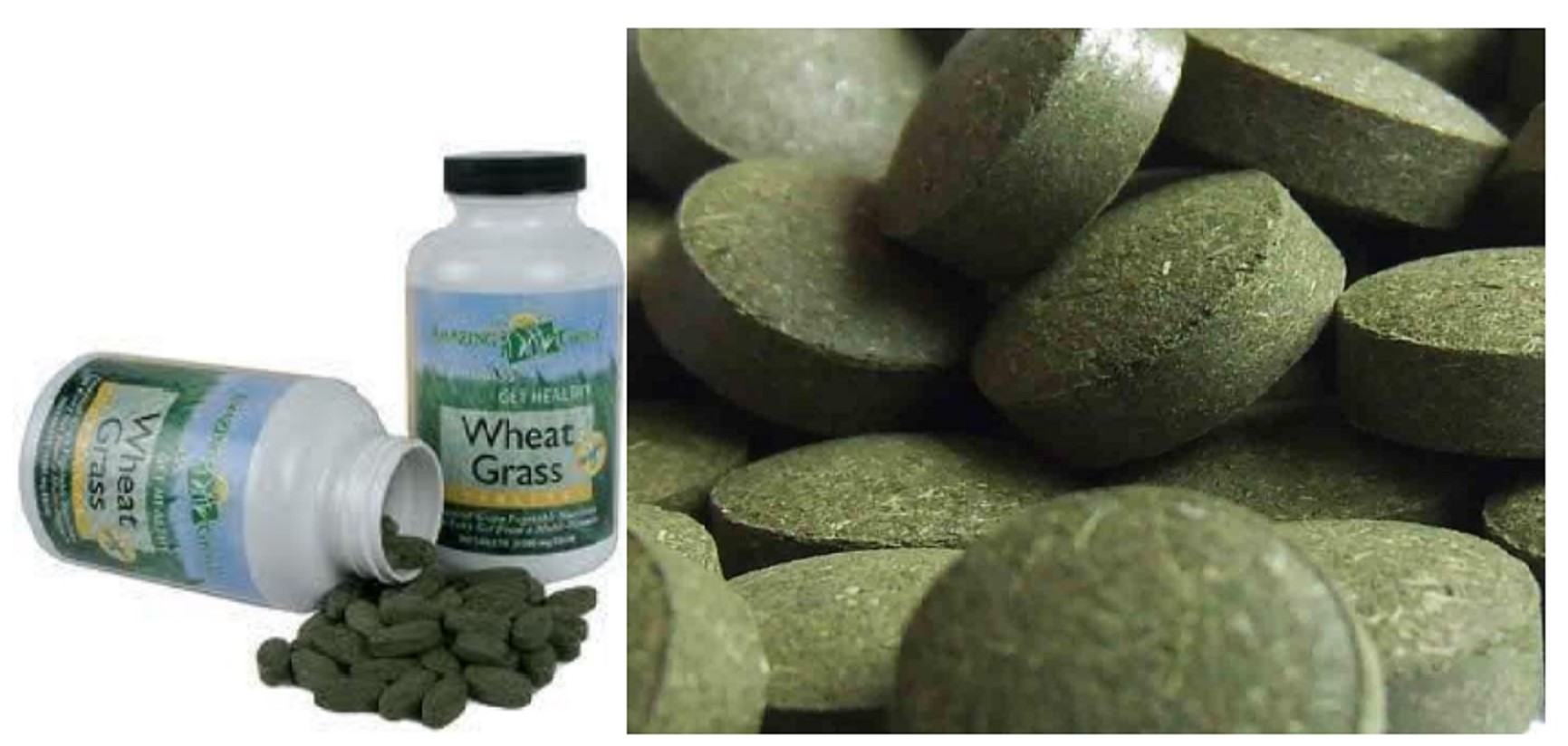
- Wheatgrass Skin Care Products: Some companies offer skincare products infused with wheatgrass extract or wheatgrass oil. To promote healthy skin, soothe skin irritations and provide antioxidant support, these products are marketed based on their potential benefits.
- Wheatgrass Energy Bars and Snacks: Wheatgrass is also incorporated into various energy bars, snacks, and food products. These snacks often combine wheatgrass with other nutritious ingredients to offer a convenient and wholesome on-the-go option.
- Wheatgrass Freeze-dried Powder: Freeze-dried wheatgrass powder is made by removing moisture from fresh wheatgrass through freeze-drying. This process preserves the nutrients, enzymes and chlorophyll content making it a popular choice for those seeking a high-quality wheatgrass product.
- Wheatgrass Supplements with Other Ingredients: In addition to standalone wheatgrass products, some supplements combine wheatgrass with other superfoods, herbs, or nutritional ingredients. These combination supplements aim to provide a comprehensive approach to health and wellness.
Benefits of Wheatgrass Juice Versus Powder
- Wheatgrass juice is extracted from young wheat shoots and is rich in live enzymes.
- Chlorophyll, a prominent component of wheatgrass, is believed to support blood health by increasing oxygen-carrying capacity, aiding circulation, and assisting in toxin removal.
- The alkaline nature of wheatgrass juice contributes to its detoxifying potential by balancing the body’s pH levels.
- Wheatgrass juice has a short shelf life, requiring immediate consumption to maximize its nutritional value.
- Wheatgrass powder offers convenience and extended shelf life as it is dehydrated, providing a concentrated source of nutrients. However, wheatgrass powder lacks the fiber found in the whole plant.
How to Evaluate the Quality and Authenticity of Wheatgrass Supplements
- Ingredient List and Purity: Check the ingredients list on the supplement label to ensure that it contains 100% pure wheatgrass without any added fillers, preservatives or artificial ingredients. Look for supplements that are free from additives and have minimal processing to retain the natural nutrients.
- Source and Origin: Find out where the wheatgrass is sourced from and whether it is grown organically or conventionally.
- Manufacturing Standards: Look for supplements that are manufactured in facilities that follow Food Manufacturing Practices (GMP) and are certified by relevant regulatory bodies. These standards ensure that the product is produced under strict quality control measures.
- Third-party Testing and Certifications: Reputable supplement companies often conduct third-party testing to verify the authenticity, purity and potency of their products. Look for supplements that have been independently tested by reputable laboratories. Additionally, certifications from organizations such as NSF International or USP (United States Pharmacopeia) can also indicate a high-quality product.
- Packaging and Expiry Date: Check the packaging of the supplement to ensure it is sealed properly and not tampered with. Also, look for the expiry date to make sure the product is within its shelf life.
- User Reviews and Recommendations: To learn more about the use and caliber of a product, read reviews and user testimonials. Look for recommendations from reputable health experts or professionals.
- Transparent Labeling: Choose supplements that provide transparent and clear labeling, including the quantity of wheatgrass per serving and the nutritional information. Avoid products with vague or misleading claims.
Potential Side Effects and Allergic Reactions
- Allergic reactions: Certain people may experience allergies to wheatgrass and the severity of reactions can differ. Symptoms may include itching, rashes, hives, swelling or even difficulty breathing. If you have known allergies to wheat or other grasses, it’s crucial to be cautious when trying wheatgrass for the first time.
- Digestive Issues: Wheatgrass is high in fiber which can be beneficial for digestion in most cases. However, for some individuals consuming large amounts of wheatgrass juice or powder may lead to gastrointestinal discomfort such as bloating, gas or diarrhea.
- Nausea and Headaches: For a few people, consuming wheatgrass might lead to feelings of nausea or headaches. These side effects are not very common, but they can happen to those who are sensitive or if wheatgrass is taken on an empty stomach.
- Interactions with Medications: Wheatgrass may interact with certain medications especially those processed by the liver. If you are taking medications, particularly blood-thinning drugs or medications for autoimmune conditions, it’s crucial to consult with your healthcare provider before adding wheatgrass to your diet.
- Contaminants: When consuming wheatgrass juice from a commercial source, there is a risk of contamination with bacteria, molds or other pathogens if proper hygiene and sanitation practices are not followed during cultivation and preparation. It’s essential to choose reputable and trusted sources for wheatgrass products.
Some Common Questions on Wheatgrass
Who should avoid wheatgrass?
Celiac disease or Gluten Sensitivity: Those with celiac disease or severe gluten sensitivity should opt for certified gluten-free wheatgrass or consult a healthcare professional.
- Grass allergies: If you have grass pollen allergies, avoid wheatgrass to prevent allergic reactions.
- Pregnant and breastfeeding women and Immune-Compromised Individuals: Consult a healthcare provider before consuming wheatgrass to ensure safety as limited research exists on its effects in these groups.
Can wheatgrass interact with medications?
Wheatgrass is considered a natural supplement and may interact with certain medications. Before adding wheatgrass to your diet, it’s essential to let your healthcare provider know if you are currently taking any prescription medications. Some medications, especially those metabolized by the liver, may be affected by wheatgrass consumption.
Are there any side effects of wheatgrass consumption?
Most people can tolerate wheatgrass without experiencing adverse effects. Nevertheless, some people might encounter mild side effects like nausea, headaches or digestive problems particularly when they consume large quantities of wheatgrass or if they are sensitive to it.
Can wheatgrass replace sports supplements?
While wheatgrass provides valuable nutrients, it is not a replacement for specialized sports supplements. Athletes may choose to use wheatgrass as part of their overall nutrition plan, but it should not substitute targeted supplements designed for specific training needs.









